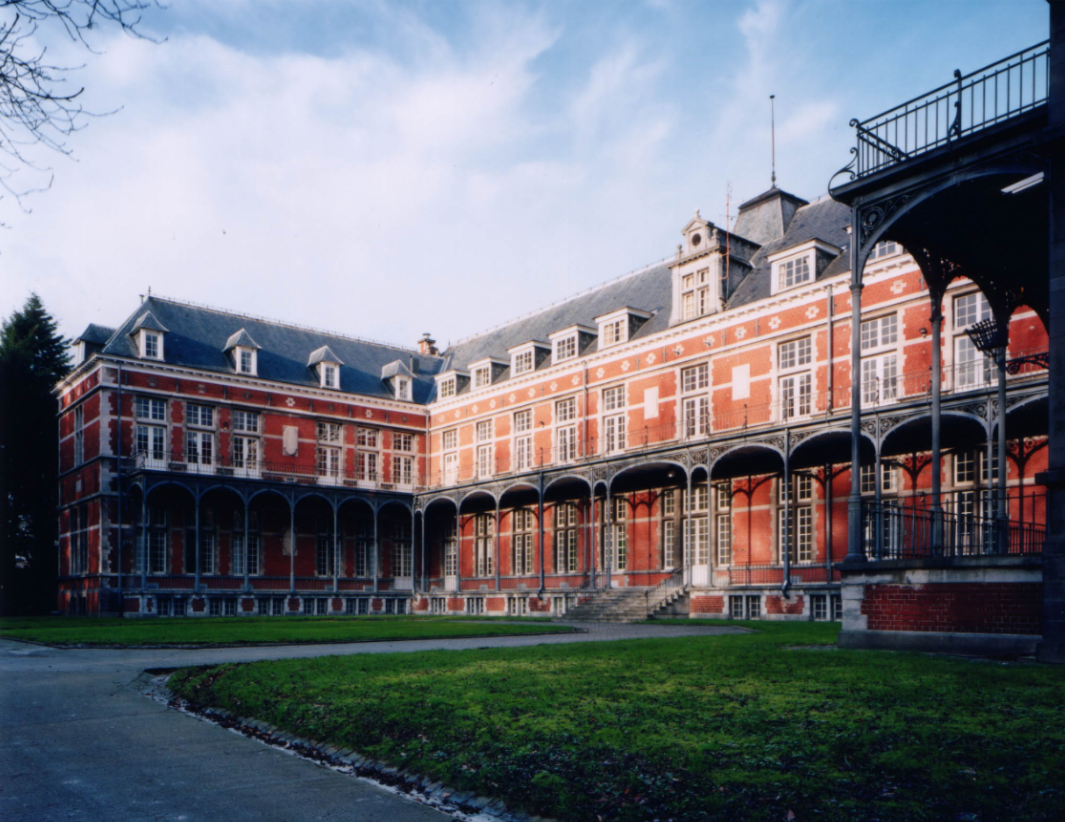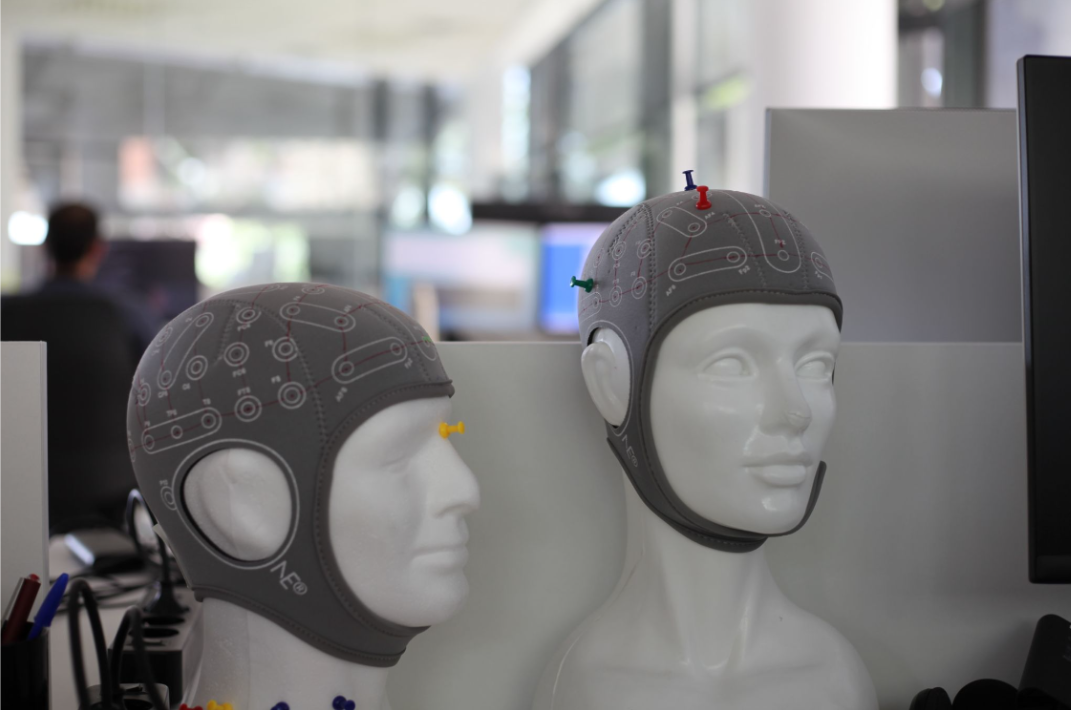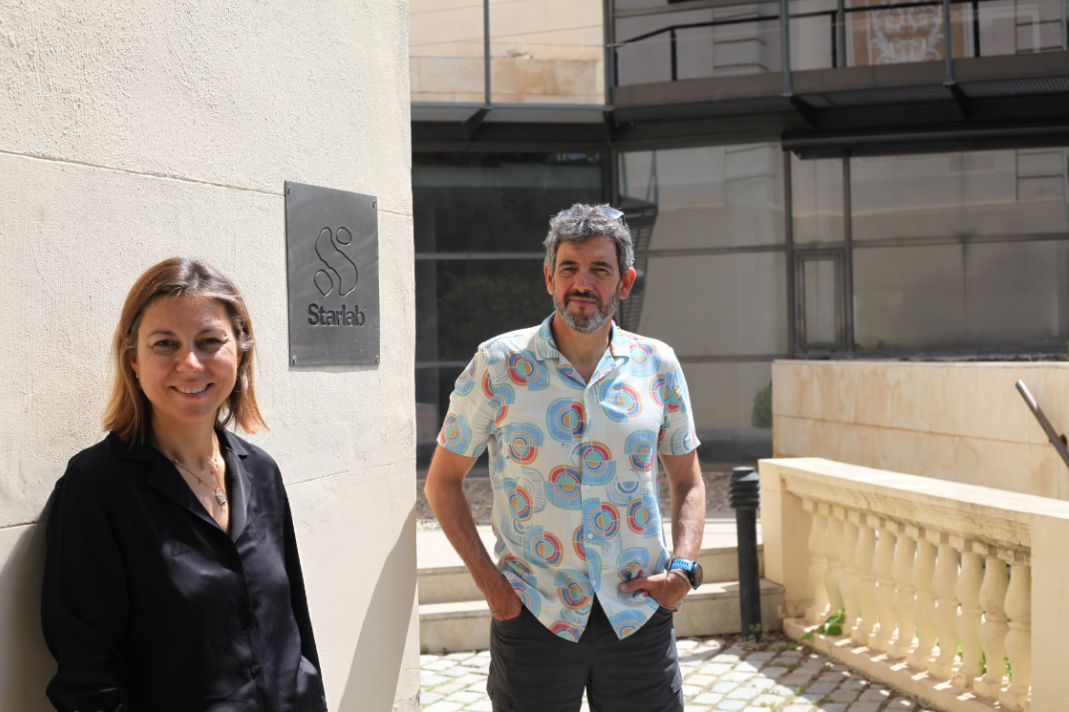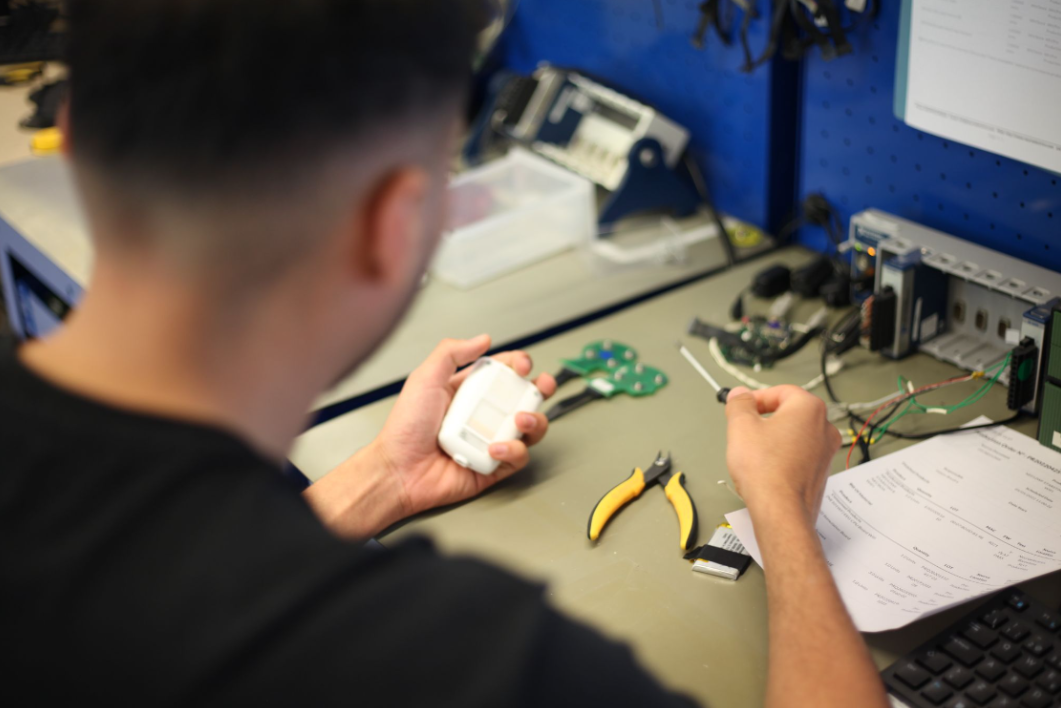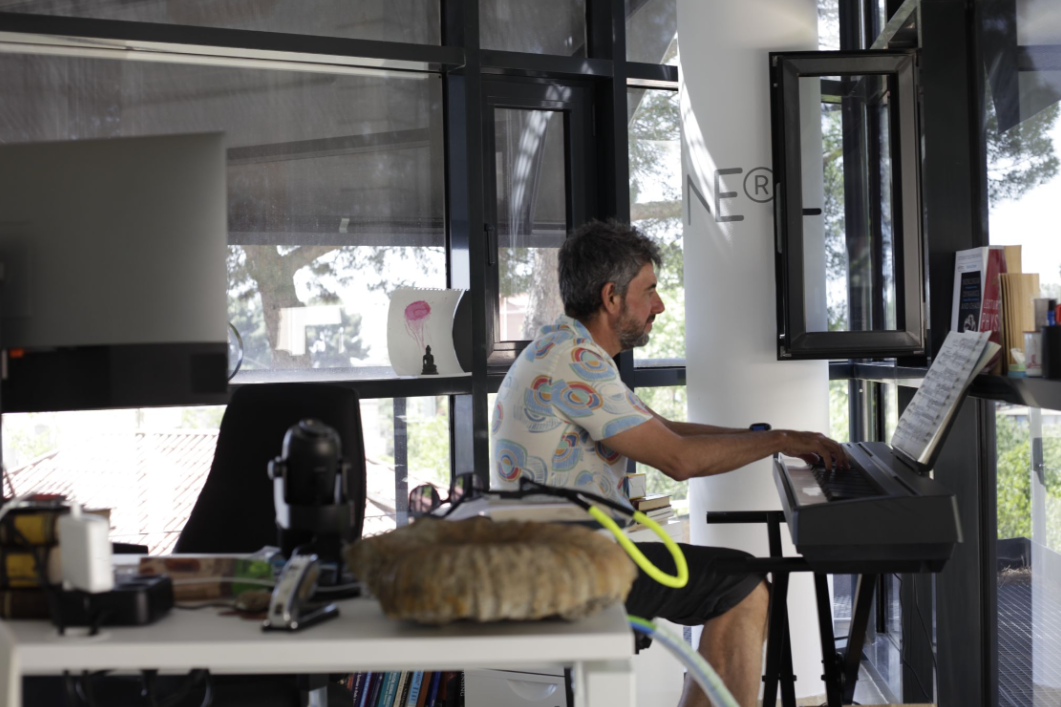CHRISTOPHER ALTMAN
Starlab veteran・日本語・Guinness Book of World Records・NASA・Kavli Institute・Harvard・TU Delft・Chief Scientist・Quantum Technology・Artificial Intelligence・NASA-trained Commercial Astronaut
We are at the very beginning of time for the human race. It is not unreasonable that we grapple with problems. But there are tens of thousands of years in the future. Our responsibility is to do what we can, learn what we can, improve the solutions, and pass them on.
— Richard Feynman
We stand on the shores of a vast cosmic ocean, with untold continents of possibility to explore. As we continue forwards in our collective journey, scaling the cosmic ladder of evolution, progressing onwards, expanding our reach outwards in the transition to a multiplanetary species, Earth will soon be a destination, not just a point of origin.
From early childhood, I set out to convey a profound and positive impact on the long-term future of humanity — to make the world a better place for our children, our children's children, and the generations yet to come. As we're collectively propelled forwards as a species, I committed to ensuring core values of balance, integrity, and ethical responsibility are upheld with paramount importance in scientific research and principal government leadership. With unprecedented leaps and bounds of progress in our scientific understanding — enabled by the development of converging and expanding exponential technologies — newfound, unexpected discoveries await, just over the horizon.
Rapid advances in fields such as artificial intelligence, biotechnology, molecular nanotechnology, neuroscience, renewable energy, spaceflight, supercomputing and quantum technologies — each enabled by the recursive technological progress of Moore’s Law — will converge to confer radical changes to society over the coming decades, as we move forward in the collective transition toward the dawn of a post-scarcity economy. The future is unbounded. The responsibility falls upon us to ensure that its limitless potential is filled with dreams of hope, happiness, freedom and fulfillment.
In tribute to timeless, inspiring, and visionary friend, colleague, collaborator, and coauthor
Serguei Krasnikov
(1961–2024), whose midnight brainstorming sessions and legendary
time travel parties
at Starlab will echo through the ages. May we carry forward his boldest dreams, fulfill his most audacious ambitions, and meet again — somewhere, sometime, just over the horizon.
LINKS • PUBLICATIONS
- Altman, C, Pykacz, J, Zapatrin, R. Superposed Quantum Network Topologies, International Journal of Theoretical Physics Vol. 43, 2029–2040 (2004)
- Altman, C, Zapatrin, R. Backpropagation in Adaptive Quantum Networks, International Journal of Theoretical Physics Vol. 49, 2991–2997 (2010)
- Altman, C, Zapatrin, R. Spacetime from Quantum Topology, Springer Science, in Spacetime from Quantum Topology (2016)
- Altman, C, Knorring, E, Zapatrin, R. Accelerated Training Convergence in Superposed Quantum Networks, NATO Advanced Study Institute on Mining Massive Data Sets for Security (Amsterdam)
- Astronaut scientists for hire open new research frontier in space, KurzweilAI (NASA Ames Research Center)
- Quantum Information Science and Technology Project, ATIP Tokyo. US National Quantum Roadmap (ONR, ARO, DARPA, NSA)
- Astronaut Training, NASA ARC/JSC, NASTAR/AGSOL, SIRIUS, Zero G
- State of the Future, Live two-hour radio interview (San Francisco)
- Keynote on the Future of Space Exploration broadcast live to 108 cities around the world (Amsterdam)
- Astronaut Deployment of a Secure Space Communications Network, Principal Investigator; NASA NIAC/OCT; DARPA QUINESS (Macroscopic Quantum Communications)
- Quantum Machine Learning in Adaptive Quantum Networks, Honors PhD Précis
- Global Inspirational Leaders Award, 2023 Global Inspirational Leaders Awards (Dubai, UAE)
- Converging Technologies: The Future of the Global Information Society, Chairman, UNISCA First Committee on Disarmament and International Security; RSA Information Security Award (Barcelona)
-
Microlens Array Fabrication Quantum Coherent Information Processing
Kavli Institute of Nanoscience (Delft) -
Quantum Dynamics Research, Quantum Information Science and Technology Project.
理化学研究所 RIKEN, Frontier Research Laboratory (Tokyo) - Korean Quantum Information Research, Quantum Information Science and Technology Project. The Korean Institute for Advanced Studies (Seoul)
- SOKENDAI Quantum Information Science, Quantum Information Science and Technology Project. The Graduate University for Advanced Studies
- Quantum Algorithms Research, Quantum Information Science and Technology Project. 東京理科大学 Frontier Research Center
- Quantum circuit complexity, Quantum Information Science and Technology Project. Tokyo University of Electrocommunications
- Quantum R&D Programs of Japan, Quantum Information Science and Technology Project
- International Conference on Quantum Information, Quantum Information Science and Technology Project. ICQI Italy–Japan
- The Noah’s Ark of Scientific Research that Launched 1,000 Start-ups, Sifted (Financial Times Europe, Brussels)
- Starlab – Deep Future, Discovery Channel Special (Brussels)
- Krasnikov on Closed Timelike Curves, Life, the Universe and Everything (Brussels)
- Experimental confirmation of Bell inequality violations in entangled photon pairs, Kavli Institute of Nanoscience (Delft)
- NASA Quantum AI Laboratory (QuAIL), NASA Ames Research Center
- Warp Drive Development, Limitless Institute
SELECTED PUBLICATIONS
- (2015) Altman C. and Zapatrin R. Spacetime from Quantum Topology. Edited by Ignazio Licata and Cecilia Flori. Oxford University Press, Oxford.
- (2015) Altman C. Invited contribution to McDonald, K, Flat World Navigation, sequel to Innovation: How Global Change Innovators Think, Act and Change Our World, with Vint Cerf. Kogan Page, UK.
- (2014) Altman C., Belden C, Nicholson C and Ellis J. A global satellite network to secure air and space traffic worldwide. PeopleSat: A Comprehensive Solution in Response to the Disappearance of MH370. Washington, DC.
- (2013) Altman C., Williams C, Ursin R, Villoresi P and Sharma V. Astronaut Development and Deployment of a Secure Quantum Space Channel Prototype. Pacific International Space Center for Exploration Systems. DARPA; NASA NIAC/OCT.
- (2012) Altman C. The Race to Bring Quantum Teleportation to Your World. KurzweilAI Newsletter. October 5, 2012. Cambridge.
- (2012) Altman C. Moving Plane Exchanges Quantum Keys with Earth. KurzweilAI Newsletter. September 17, 2012. Cambridge.
- (2012) Altman C. Efficient tunable ion-photon entanglement interface enables quantum networks. KurzweilAI Newsletter. May 23, 2012. Cambridge.
- (2012) Altman C. Quantum entanglement in spin qubits. KurzweilAI Newsletter. May 17, 2012. Cambridge.
- (2012) Altman C. Austrian researchers set new world distance record for quantum teleportation. KurzweilAI Newsletter. May 21, 2012. Cambridge.
- (2012) Altman C. A Boost for Quantum Reality: The Quantum Mechanical Wavefunction is Real. KurzweilAI Newsletter. May 9, 2012. Cambridge.
- (2009) Altman C. and Zapatrin R. “Backpropagation in Adaptive Quantum Networks,” International Journal of Theoretical Physics, Vol 49, No 12. Springer, July 2009. London.
- (2008) Altman C. and Zapatrin R. “Superposed Adaptive Quantum Networks,” International Conference on Quantum Structures, Brussels–Gdansk. Springer, London.
- (2008) Altman C., Knorring E and Zapatrin R. “Accelerated Training Convergence in Superposed Quantum Networks,” NATO Advanced Study Institute on Mining Massive Data Sets for Security. Como, Italy. NATO.
- (2007) Altman C. “Microlens Array Fabrication: Future Directions in Quantum Coherent Information Processing,” FISBA/TU Delft Faculty of Applied Physics. FISBA Optik, Switzerland.
- (2004) Altman C., Pykacz J and Zapatrin R. “Superpositional Quantum Network Topologies,” International Journal of Theoretical Physics Vol 43, No 10. Springer, London.
- (2004) Altman C. and Kahaner D. “Korean Quantum Information Research,” Korea Advanced Institute of Science and Technology (KAIST). Quantum Information Science and Technology Project, Asian Technology Information Program, Japan.
- (2004) Altman C. “Advances in Quantum Algorithms,” Quantum Information Science and Technology Program, ATIP Tokyo, Japan.
- (2004) Altman C. and Satoh T. “Japanese National Research and Development Programs,” RIKEN National Laboratory. Quantum Information Science and Technology Project, Asian Technology Information Program, Japan.
- (2003) Altman C. “RIKEN Quantum Dynamics Research,” Quantum Information Science and Technology Project, Asian Technology Information Program, Japan.
- (2003) Altman C. “SOKENDAI Quantum Information Research,” Quantum Information Science and Technology Project, Asian Technology Information Program, Japan.
- (2003) Altman C. “Quantum Circuit Complexity Research,” Quantum Information Science and Technology Project, Asian Technology Information Program, Japan.
- (2003) Altman C. “International Conference on Quantum Information,” Tokyo Institute of Technology. Quantum Information Science and Technology Project, Asian Technology Information Program, Japan.
- (2002) Altman C. “Quantum State Engineering with the rf SQUID,” NATO Advanced Research Workshop on Quantum Chaos. NATO. Como, Italy.
- (2002) Altman C. “Converging Technologies: The Future of the Global Information Society,” UNISCA First Committee. Chair Report to the United Nations General Assembly. Amsterdam. Recipient of the 2004 RSA Information Security Award for Outstanding Achievement in Government Policy.
- (2002) Altman C. “Directed Evolution in Silico: Modeling Large-Scale Neural Networks at Starlab,” Towards a Science of Consciousness. MIT Press. Cambridge.
- (2002) Altman C. “Quantum Uncertainty: The Boundaries of Empirical Knowledge,” Towards a Science of Consciousness. MIT Press. Cambridge.
- (2002) Altman C. “UN Sustainable Futures: Eden Project,” Trimtab Newsletter, Summer 2002. Special Issue with United Nations Secretary General Kofi Annan. Buckminster Fuller Institute. New York.













